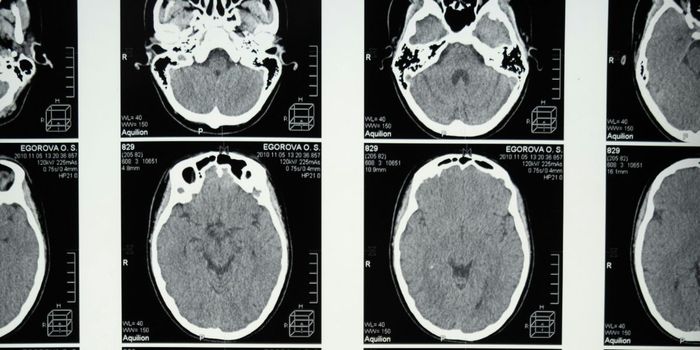Brandeis researchers have developed a novel approach for genetically identifying and manipulating specific neuronal cell types.
The human brain is a complex organ that relies on over 100 billion neurons that each fall into one of the thousands of nerve cell types. The mouse brain is simpler, but still likely contains over 10,000 nerve cell types.
“Research in the mammalian central nervous system is limited by the ability to genetically manipulate specific neurons,” explained Brandeis biologist Sacha Nelson to LabRoots.com. "In the past, approaches to manipulating specific neural subtypes relied on mimicking the expression of a particular gene." Yet, different cell types have different functions and thus express different genes.
Both the genes themselves and small pieces of DNA called enhancers regulate which genes to express in which cell types. Enhancers are small control elements in the genome that lie in the large spaces between genes.
With this in mind, the researchers developed a new variant of a technique called enhancer trapping. "By having an artificial external gene land in the genome next to one of these enhancer elements, we [found we] could highjack its expression pattern," Nelson said. Some of the artificial external genes cause the cells to become fluorescent, which allows the cells to be viewed more clearly under the microscope. Other artificially expressed genes act as regulators that can turn on or off any other gene of interest.
Researchers can use enhancer trapping to discover new cell types in the brain and to control the cell types to study their specific function without altering them everywhere in the body.
The research was published on May 19, 2016, in the journal
eLife. In addition, the researchers created a resource that contains over 150 strains of mice that scientists can use to study different brain cell types.
Sources:
LabRoots.com phone interview with study author Sacha Nelson,
press release via EurekAlert!,
study via eLife


![Master Lab Weighing: Accuracy, Compliance & Audits [eBook]](https://d3bkbkx82g74b8.cloudfront.net/eyJidWNrZXQiOiJsYWJyb290cy1pbWFnZXMiLCJrZXkiOiJjb250ZW50X2FydGljbGVfcHJvZmlsZV9pbWFnZV85MWRmZmRjMDIwNDBlMWJjMzYwN2ZiYWY2ZjI4ZGMzYzBmZGMwZGMyXzkxOTcucG5nIiwiZWRpdHMiOnsidG9Gb3JtYXQiOiJqcGciLCJyZXNpemUiOnsid2lkdGgiOjcwMCwiaGVpZ2h0IjozNTAsImZpdCI6ImNvdmVyIiwicG9zaXRpb24iOiJjZW50ZXIiLCJiYWNrZ3JvdW5kIjoiI2ZmZiJ9LCJmbGF0dGVuIjp7ImJhY2tncm91bmQiOiIjZmZmIn19fQ==)






